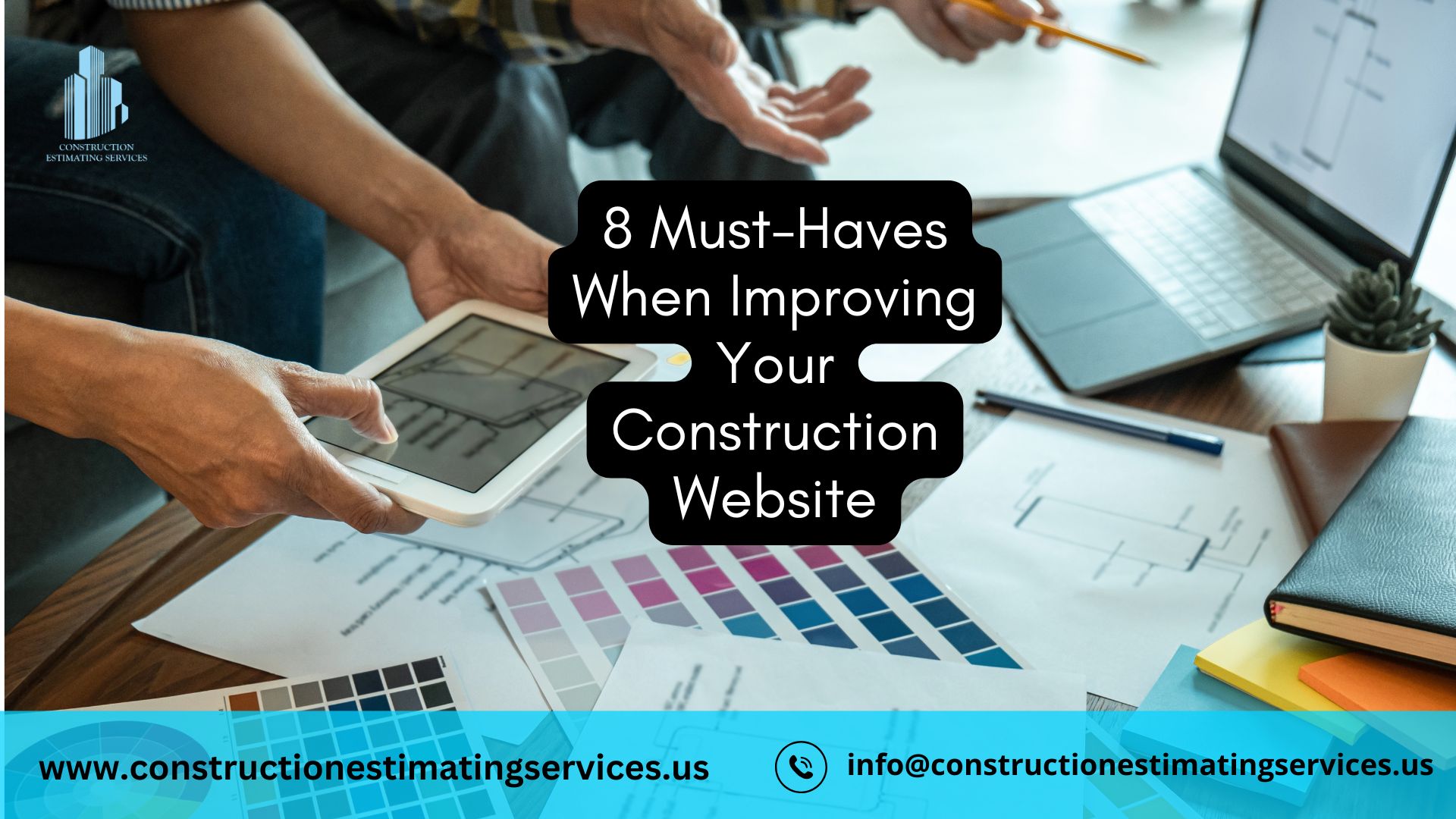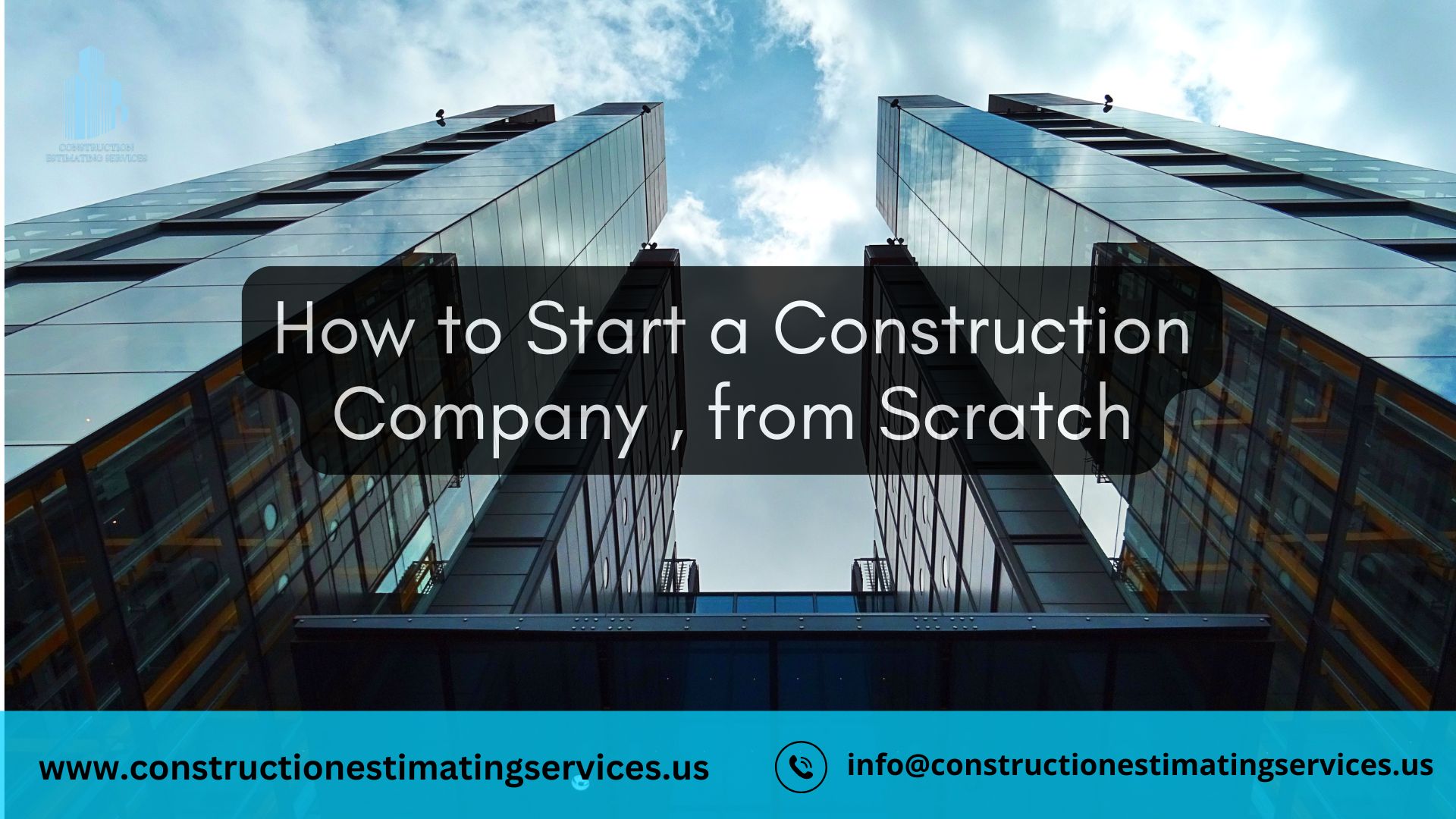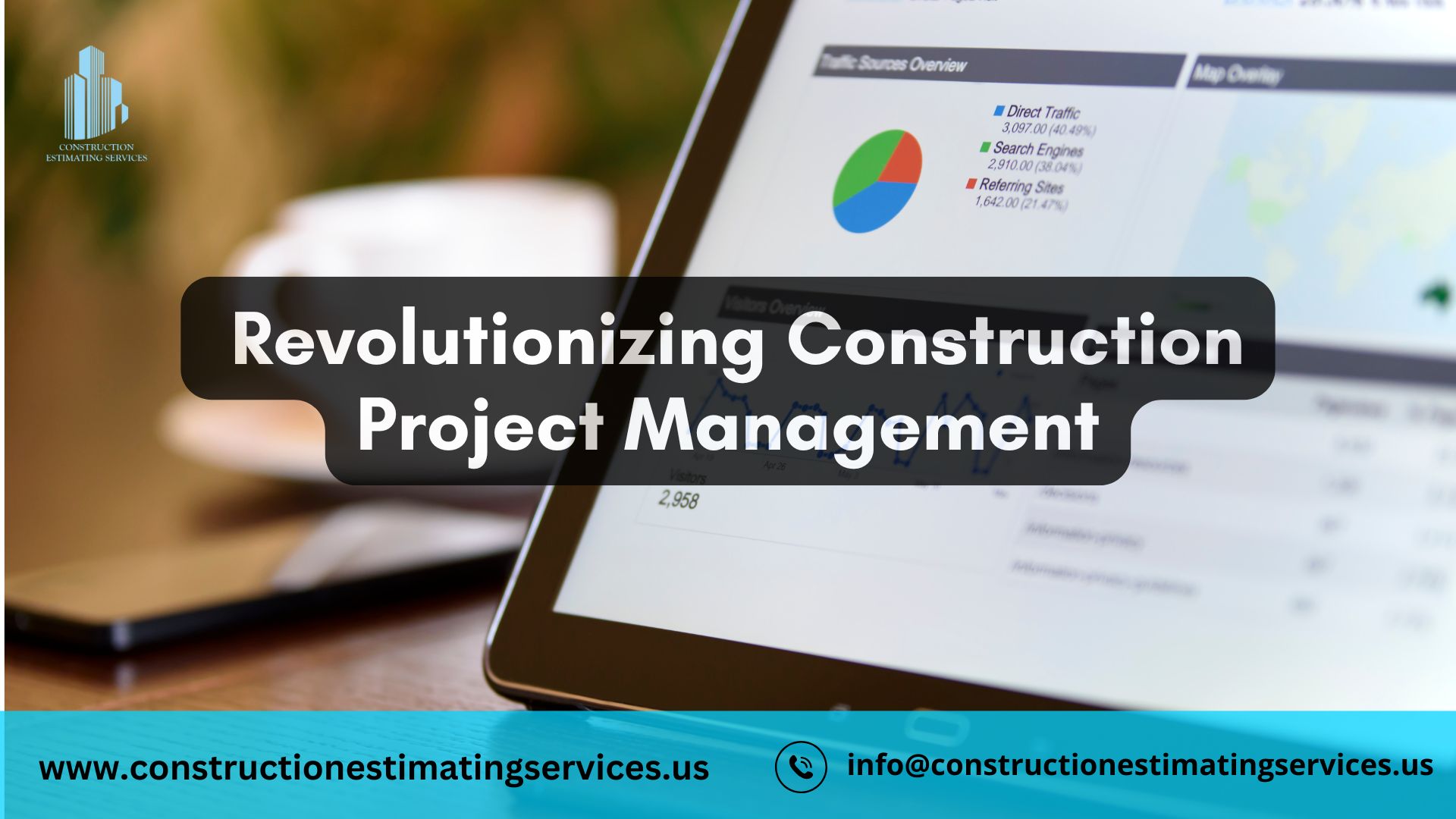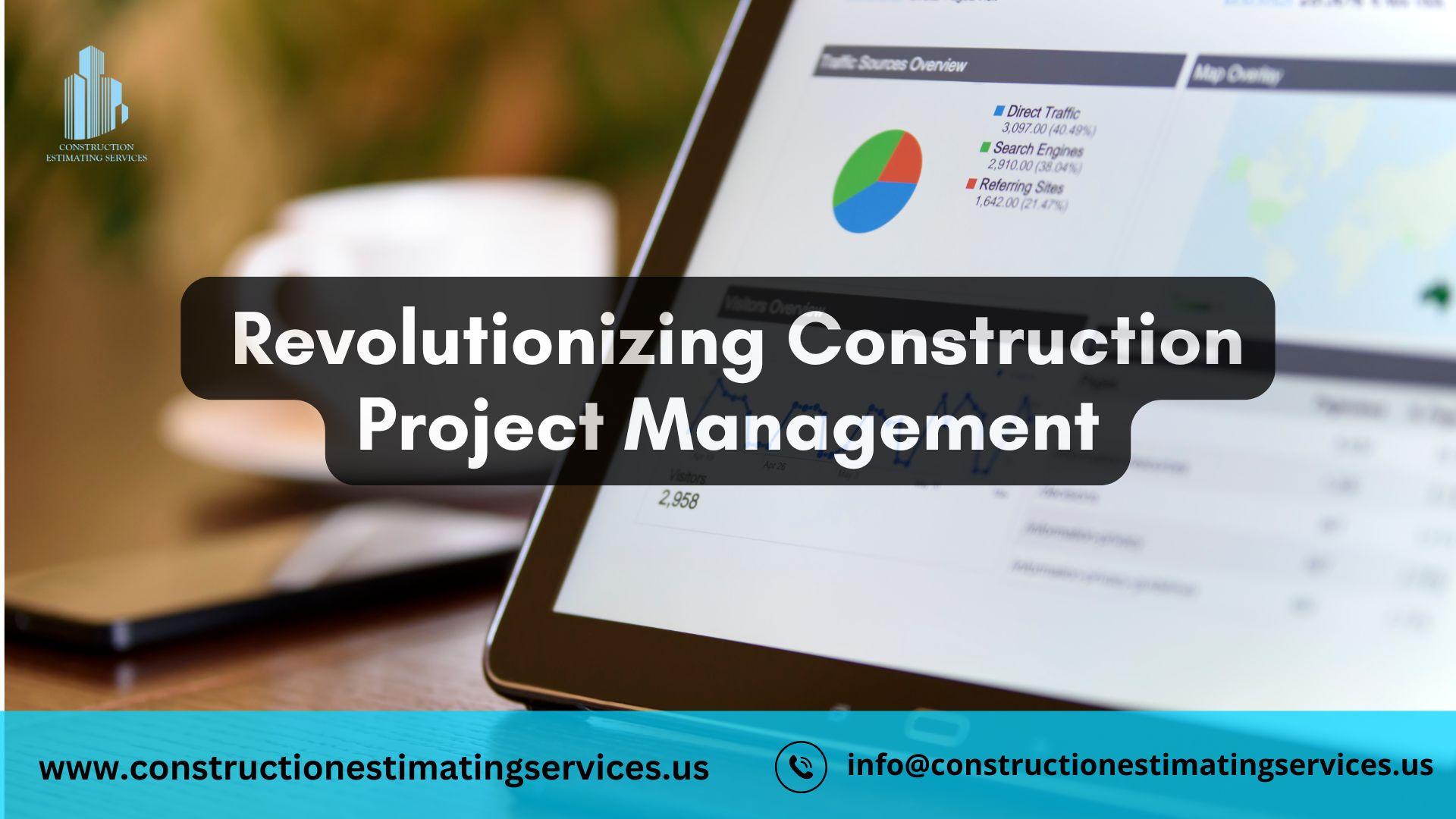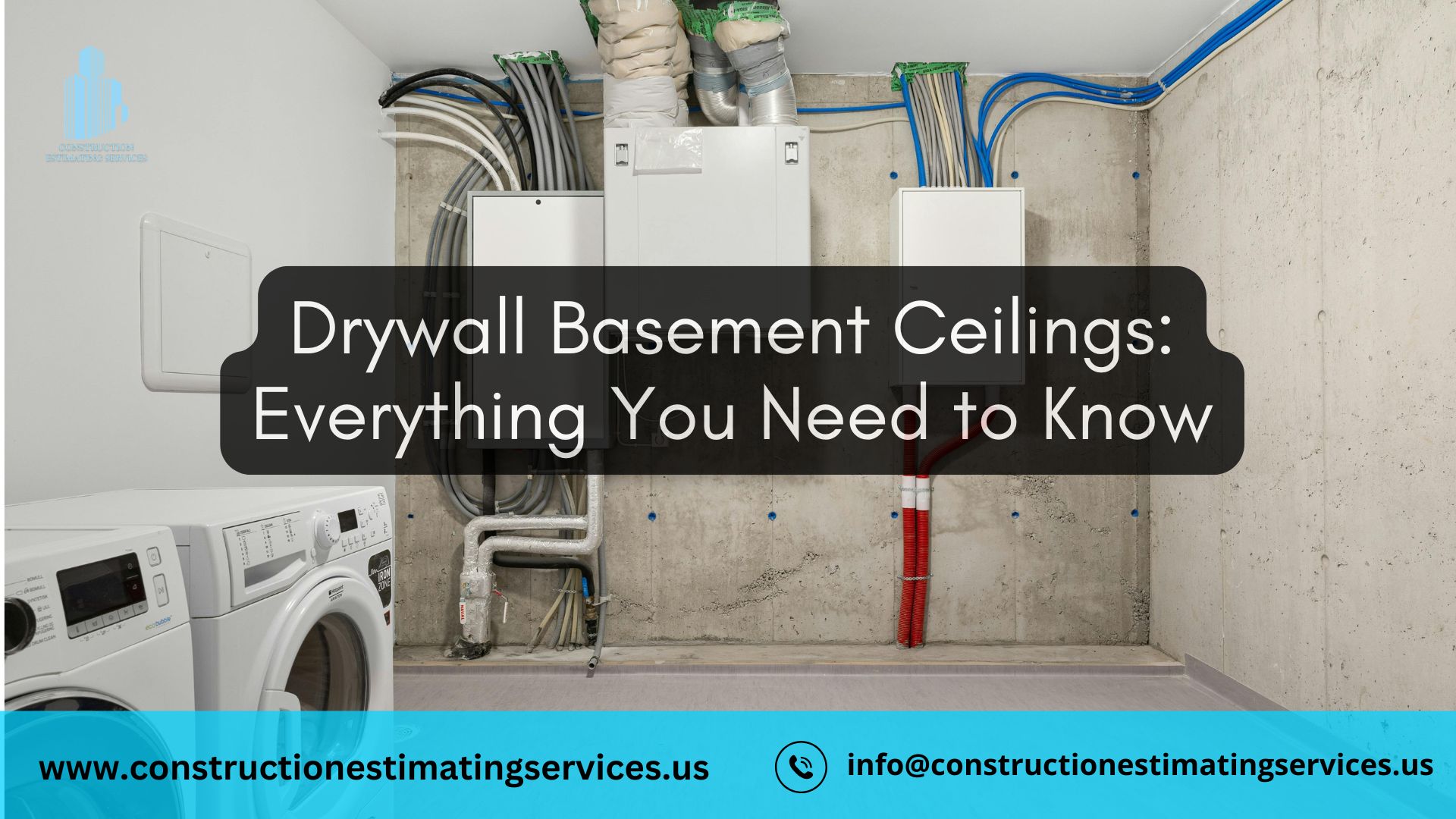8 Must-Haves When Improving Your Construction Website
Introduction
Why Your Construction Website is the Foundation of Your Business
In today’s digital age, your construction website is more than just an online address; it’s the cornerstone of your business. A professional online presence establishes your credibility and serves as the primary point of contact for prospective clients. With an effective website, you can showcase your expertise, attract more clients, and outshine the competition in a highly competitive market.
This blog will explore the eight essential features that every successful construction website must have, ensuring your online presence reflects the quality and professionalism of your work.
Overview of Must-Have Features for a Successful Construction Website
The following eight features form the backbone of a successful construction website. From mobile responsiveness to engaging content, we’ll delve into each must-have and why it’s vital for your website’s success.
Key Must-Have Features
1. Mobile-Friendly Design
With the increasing dominance of mobile internet usage, having a mobile-friendly website is non-negotiable. Statistics reveal that over 50% of online traffic in the construction industry comes from mobile users. A responsive design ensures your website adapts seamlessly to different screen sizes, providing a consistent user experience.
Tips for Optimization:
- Use tools like Google’s Mobile-Friendly Test to check compatibility.
- Optimize images and videos for smaller screens.
- Simplify navigation for touch interaction.
2. Intuitive Navigation
Intuitive navigation makes it easy for users to find the information they need. Poorly organized menus or cluttered layouts can frustrate visitors and drive them away.
Best Practices:
- Use clear, descriptive menu labels.
- Limit dropdown menus to two levels.
- Organize pages logically—e.g., “Services,” “Portfolio,” “Contact.”
Examples: A top navigation bar with quick links to essential pages ensures visitors can locate information effortlessly.
3. High-Quality Visual Content
Visual content is crucial for showcasing your construction projects. Professional-grade images and videos not only highlight your expertise but also engage visitors on an emotional level.
Tips for Effective Visuals:
- Invest in professional photography.
- Use before-and-after images to demonstrate transformations.
- Optimize file sizes to ensure fast loading times without sacrificing quality.
4. Engaging and Informative Content
Great content is the backbone of a successful website. From compelling copy to informative blogs, your content should resonate with your target audience.
Key Elements:
- Include case studies and testimonials to establish trust.
- Use targeted keywords to improve SEO rankings.
- Regularly update your blog with industry trends, tips, and company news.
5. Strong Call-to-Actions (CTAs)
CTAs guide users toward desired actions, such as contacting you or requesting a quote. Clear, strategically placed CTAs can significantly boost conversion rates.
Effective Examples:
- “Get a Free Quote Today” button on the homepage.
- “Explore Our Projects” link leading to your portfolio.
Placement Tips:
- Position CTAs above the fold.
- Use contrasting colors to make them stand out.
6. Clear Contact Information
Make it simple for potential clients to reach you. Include multiple contact methods, such as forms, email addresses, and phone numbers.
Enhancements:
- Add a Google Maps widget for location-based businesses.
- Ensure contact forms are straightforward and functional.
- Display contact details prominently on every page.
7. Client Testimonials and Case Studies
Trust is a critical factor in the construction industry. Client testimonials and case studies provide social proof, showcasing your reliability and quality of work.
Tips for Presentation:
- Feature video testimonials for authenticity.
- Create a dedicated “Success Stories” page.
- Include detailed descriptions of challenges and solutions in case studies.
8. Fast Loading Speed
Website speed directly impacts user experience and search engine rankings. Slow-loading sites frustrate users and increase bounce rates.
Optimization Tools:
- Use tools like GTmetrix and Google PageSpeed Insights to test performance.
- Compress images and enable browser caching.
- Choose a reliable hosting provider to ensure consistent speed.
Additional Features to Consider
Search Engine Optimization (SEO) Strategies
SEO is essential for driving organic traffic to your site. Optimize both on-page and off-page elements to improve your visibility in search results.
Key Points:
- Focus on local SEO to target nearby clients.
- Optimize meta tags, headers, and keywords.
- Build backlinks from reputable industry sources.
Social Media Integration
Link your social media platforms to your website to create a cohesive online presence. This not only boosts engagement but also provides additional channels for client interaction.
Blog Section for Industry Insights
Maintain a blog section to share valuable content, such as construction tips, trends, and company updates. Consistent blogging positions you as an industry thought leader.
Portfolio or Gallery Page
A portfolio or gallery page is a visual showcase of your expertise. Highlight completed projects with high-quality images and detailed descriptions.
Suggestions:
- Use before-and-after comparisons for greater impact.
- Categorize projects by type or size for easy navigation.
Chatbot or Live Chat Functionality
Integrate a chatbot or live chat tool to provide instant assistance to visitors. This 24/7 engagement tool can answer common queries and guide users toward conversions.
Client Login Portal
Offer a secure portal for existing clients to access project updates, files, and invoices. This enhances communication and builds long-term relationships.
Accessibility Features
Ensure your website is accessible to all users, including those with disabilities. Compliance with WCAG guidelines not only broadens your audience but also demonstrates your commitment to inclusivity.
Frequently Asked Questions (FAQs)
Why is mobile-friendliness crucial for a construction website?
Mobile-friendliness ensures a seamless browsing experience for the majority of users who access websites via smartphones or tablets.
How can I gather effective testimonials for my website?
Request feedback from satisfied clients and encourage them to provide detailed reviews or video testimonials.
What types of visual content work best for construction websites?
High-quality images, before-and-after comparisons, and project walkthrough videos resonate most with potential clients.
How does SEO impact my construction company’s visibility?
Effective SEO strategies improve your website’s search engine rankings, driving more organic traffic and potential leads.
What’s the average cost of improving a construction website?
Costs vary depending on the features and level of customization required. Investing in essential updates, however, yields significant returns over time.
Conclusion
Final Thoughts on Enhancing Your Construction Website
A well-optimized construction website serves as a powerful marketing tool. By implementing these eight must-haves—mobile-friendly design, intuitive navigation, high-quality visuals, engaging content, strong CTAs, clear contact information, client testimonials, and fast loading speed—you can elevate your online presence and attract more clients.
Whether you choose to hire experts or use DIY tools, now is the time to invest in your digital foundation. Take the first step toward building a website that reflects the quality and professionalism of your construction services!

